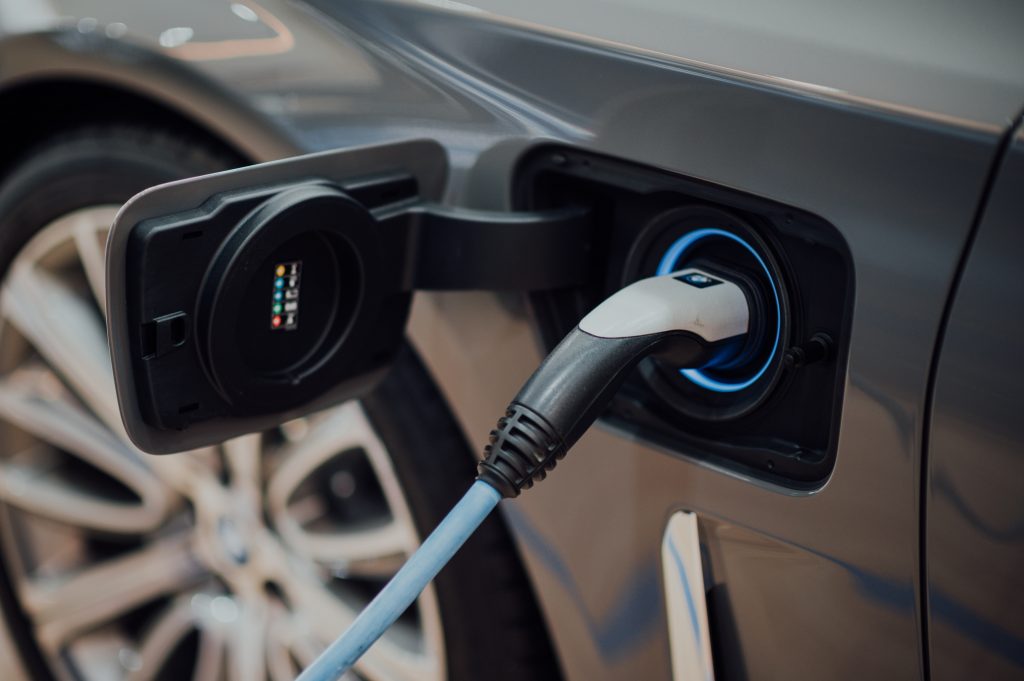ARTICLE
Southern Western Railway have slashed their energy use by 21% by switching to LED lights
South Western Railway have reduced their energy consumption as a company by a huge 21%, by installing over 16,000 LED light fittings across their properties – offices, railway stations, depots and more.
South Western Railway have reduced their energy consumption as a company by a huge 21%, by installing over 16,000 LED light fittings across their properties – offices, railway stations, depots and more.
The train company committed to reducing their energy consumption by 41% by 2024. The reduction from swapping to LED lighting has already gone a long way towards this goal, cutting energy use across their buildings by 4.9 million kWh across 165 stations and buildings – equivalent to 1,164 tonnes of carbon emissions saved.
“We are passionate about sustainability and continue to introduce improvements that help us reduce our environmental impact. Like all businesses, we have a responsibility to constantly review and improve practices.
“We hope, when travel restrictions ease and we welcome more customers back to the railway, that people will notice the difference and feel safer at our stations thanks to the new lighting.”
Amelia Woodley, Head of Sustainability at South Western Railway

Stay up-to-date with the latest news
The Sparks newsletter by Energy Solutions Oxfordshire contains all the latest news and updates in the world of energy and businesses. Sign up to receive more posts like this one straight to your inbox each month.
Did you like what you read?
Then share this page with a colleague to keep the
conversation going and spark new ideas.
You might also like…

23 Simple Steps You Can Take to Make Your Business Energy Efficient

Energy intensive industries given £12 million boost to cut emissions and costs

Does your organisation have an energy champion?

